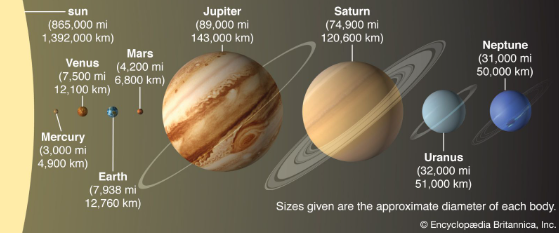Besides our home on Earth, are there other planets we could live on?
The sun is out of the question; it is too hot. Neptune is too cold; Jupiter is a gas giant, so there is no land; and Uranus is too far away from the sun. The opposite of Uranus is Mercury, because it’s too close to the sun.
The only planets left are Venus and Mars. And to be fair, they are all potentially habitable, as they are all in the Goldilocks zone, as said by NASA, “Venus lies within the Sun’s “Goldilocks zone” and may have been habitable before Earth.” NASA has also stated that “there are places that are potentially habitable, like the deep subsurface” of Mars.
Now let’s look at some downsides to both planets. Let’s start with Mars. The surface of the planet is covered with rust. It has a thin atmosphere, and any trace of life has been erased. In addition, it is also smaller than Earth, so there is a weaker magnetic field.
Now let’s go on to Venus. The surface is about “867°F (464°C);” in addition, all traces of life have also been erased, and it is farther than Mars from Earth.
Now let’s go to the good side of the planets. Mars is closer to Earth than Venus and robots have already been sent there. It is the main center of attention for NASA. In addition, NASA is still exploring Mars.
As for Venus, there is somewhat breathable air in the atmosphere. As quoted by NASA, we could also live via a floating city in the atmosphere. And It is also warmer than Mars.
So at the end, both planets are potentially habitable. And studying either one can “improve our understanding of the earth’s past and future,” according to NASA,






